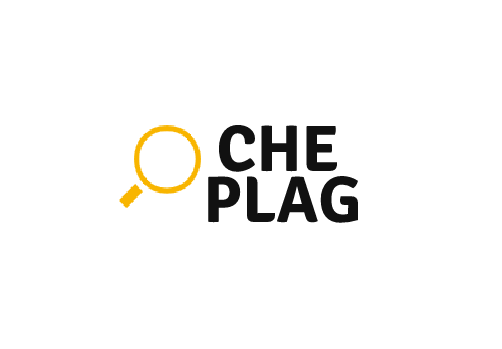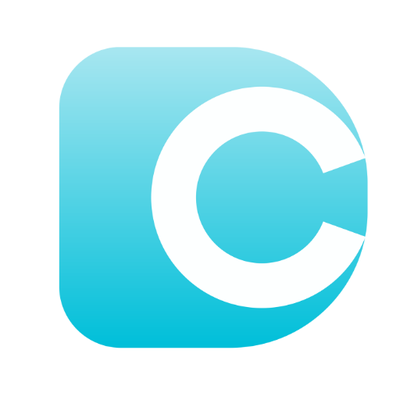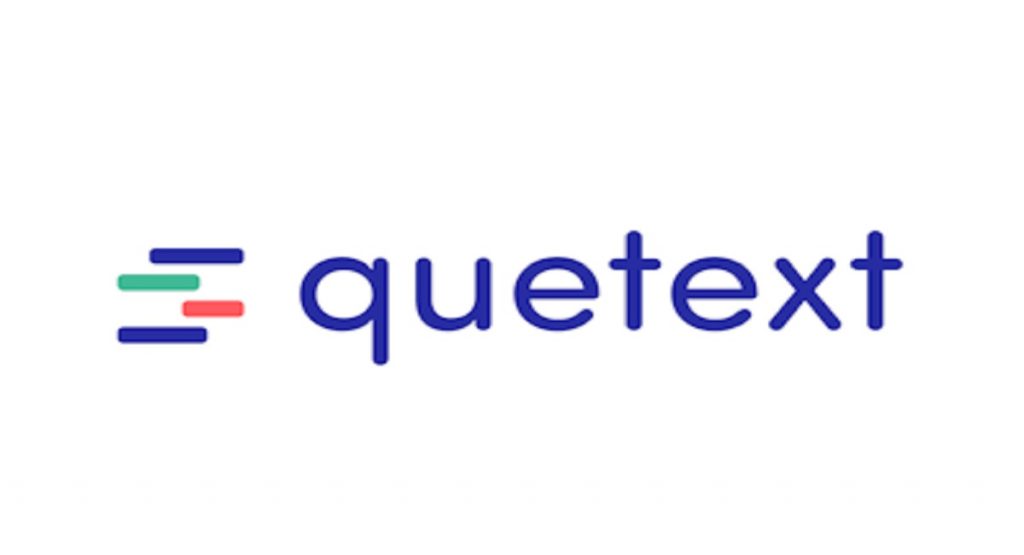Do you have an important paper that you wrote yourself and want to know if it has been plagiarised online? Here, we explain to you how to do that.
Modern technology and the emergence of the Internet have provided us with access to vast amounts of information at any time and from any location on the world. Original ideas are becoming increasingly scarce. Everyone seemed to be copying other people’s ideas and passing them off as their own. Although this is not a new practice, many people believe it has reached its height.
Plagiarism is defined as the use of someone else’s words and ideas in writing without proper attribution. It is called fraud, and it is one of the simplest methods to damage your professional or academic reputation. When you commit plagiarism as a student, you jeopardize your academic, professional, and financial future.

Keep in mind that even inadvertently or unintentionally taking another’s words or ideas without proper reference, as a result of carelessness, is considered plagiarism. One of the most prevalent types of plagiarism is copying or transcribing entire lines or blocks of text verbatim or with minimum alteration from an article, research paper, or web page.
Why Check On Plagiarism?
Stealing other people’s words is immoral, but it’s also awful from an instructor’s point of view because they have to assess your grasp and comprehension of the topic. They can’t tell how much you know if you give them stolen work. As a result, preventing plagiarism is critical for all sorts of people, including those who produce work on the internet.
But how can you do that? Well, there are a few tools that might help you with this task. You just have to paste your text on a website and they’ll let you know if plagiarism can be detected on it. Some of the best ones to use are:
1. Cheplag
Cheplag is a new tool that it’s currently on its demo version. However, we had the chance to try it and it’s incredible accurate and fast. It is focused on helping teachers and students with plagiarism so they can improve their academic experience. The plagiarism detection tool is based on ProQuest’s database, which contains over 16 billion web pages and academic papers. The program will compare your work to various databases in order to locate areas that correspond to the material in the database or online version.
The plagiarism detection tool recognizes any copied sentences in your manuscript and provides reference information for their sources. Cheplag also computes and displays your text’s total authenticity score.
2. Duplichecker
Duplichecker is a completely free online plagiarism checker. To use this plagiarism detector, you may either submit your paper or copy-paste content. It is extremely simple to use and produces immediate results (within a few seconds).
This application is suitable for professionals that outsource a significant amount of online material, such as blog posts and site content, to freelance writers. Similarly, whether you’re working on an academic thesis, essay, or other project, Duplichecker is a must-have tool in your content arsenal. You may use the program on any of your devices because it is free and online.
3. Quetext
Quetext began as a simple plagiarism and duplicate content analyzer. It currently, however, includes some of the greatest features, making it one of the best plagiarism detectors. It delivers a report that gives a good summary and is simple to interpret. It highlights the similarities and provides a percentage of plagiarism.
Users may have their work evaluaed not just for frequent terms, but also for contextual plagiarism, using QueText’s DeepSearch tool. It is great for instructors, freelance writers, students, and content creators of all types.




